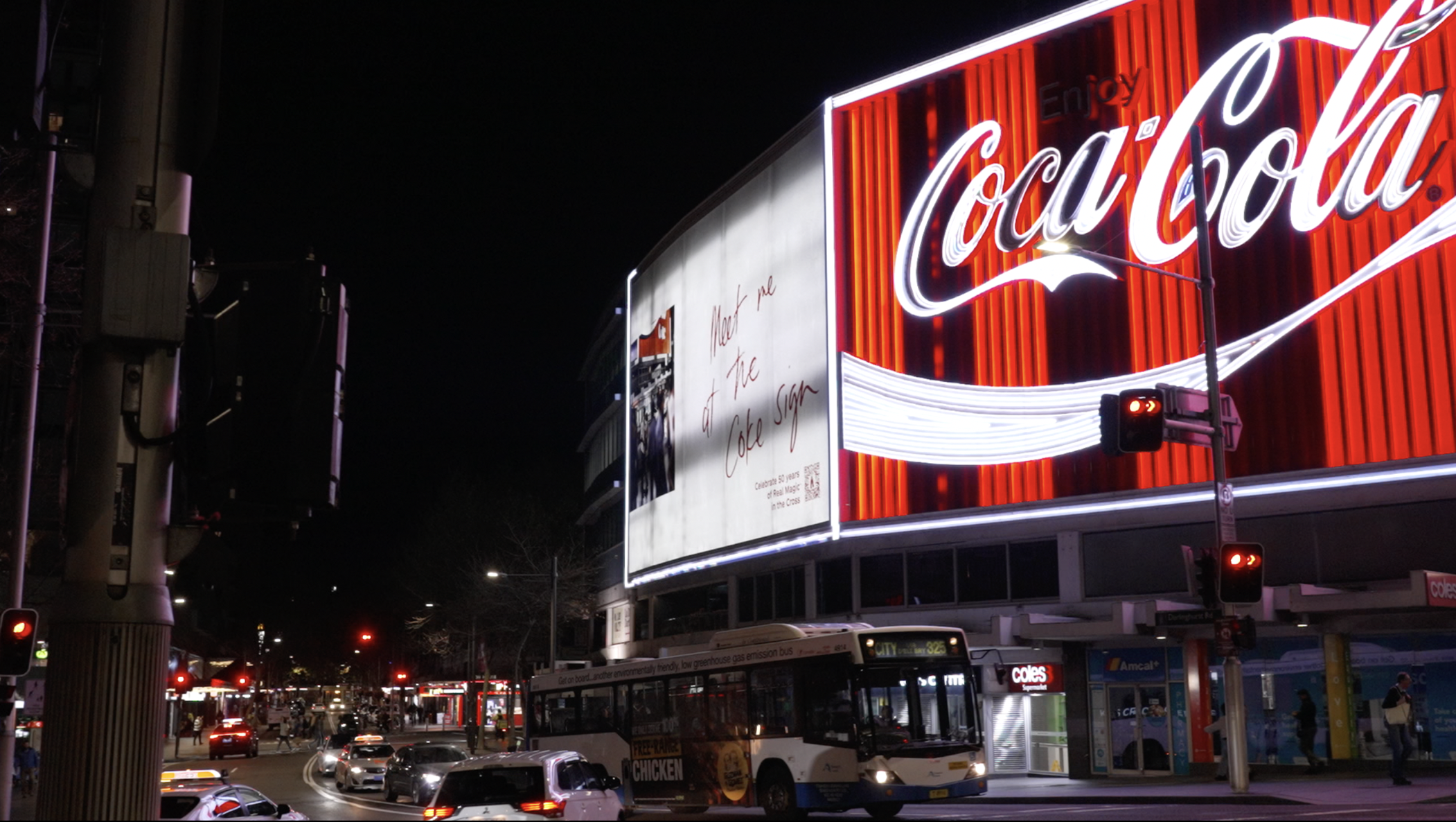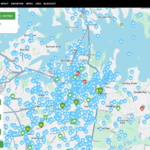Federal Opposition Leader Peter Dutton has unveiled a plan for an east coast gas reservation scheme as the centrepiece of the Coalition’s 2025/26 budget reply.
The proposal would force gas giants to set aside between 10 and 20 per cent of supply – which would otherwise be exported overseas – for domestic use, and would see $1 billion invested in critical gas infrastructure, including more pipelines and storage capacity in the east coast market.
Speaking in Canberra last night, Dutton declared “energy is the economy” and adding the move would reduce wholesale gas prices, ultimately leading to cheaper energy bills for Australian households.
“This is all about ensuring Australian gas is for Australians,” he told parliament.
“Gas sold on the domestic market will be decoupled from overseas markets to protect Australia from international price shocks, and this will drive down new wholesale domestic gas prices from over $14 per gigajoule to under $10 per gigajoule.
“Energy prices will be lower under a Coalition Government [and we] will also secure our nation’s energy security for decades to come and over the longer term.”
The best way to balance supply and demand for gas is to reduce gas demand through electrification, which will reduce emissions at the same time.
Gas reservation schemes already exist in Queensland and Western Australia. The Opposition Leader said a decision on extending the North West Shelf gas project in WA would also be “fast-tracked”, and approval times for domestic gas projects would be halved.
Professor Ken Baldwin, from the Australian National University’s Institute for Climate, Energy and Disaster Solutions, indicated the required transition to renewables will reduce the influence of the gas plan on the country’s energy production.
“The best way to balance supply and demand for gas is to reduce gas demand through electrification, which will reduce emissions at the same time,” Baldwin said.
If elected, the Coalition’s energy plan would also involve reinstating a $300 million “strategic basin plan” for the east coast, and allowing gas to be included in Labor’s renewables capacity investment market scheme. ‘Use-it-or-lose-it’ rules would be introduced for gas drilling companies, which would ensure gas fields are not locked up to reduce competition.
Dutton also committed to his existing $331 billion plan to build seven nuclear reactors in Australia by 2050 – which he claimed to be “one of the most visionary and necessary policies put forward in our country’s history” – but offered no additional details beyond those outlined in his December policy announcement.
Modelling by Frontier Economics for the Coalition claimed the policy would be $263 billion cheaper than Labor’s renewables transition plan, but a report published in December by the CSIRO and the Australian Energy Market Operator (AEMO) said nuclear reactors presented “no unique cost advantages” and likely would not be operational until the 2040s.
Peter Dutton asked if he’s “walking back from Nuclear” coz the “electorate doesn’t like it” as it “barely got a mention” in his speech
Dutton lies, claims despite only mentioning Nuclear twice that he spk “extensively” on it then pivots right back to Gas & attacking Renewables🤦♂️ pic.twitter.com/WSYgsPKMJ6— stranger (@strangerous10) March 28, 2025
Baldwin said given the scale of the policy, the lack of additional detail was concerning and left “many questions unanswered”.
“The disparity between their costings and the costings of [the CSIRO/AEMO report] … the cost to the taxpayer of keeping the aging coal-fired power stations operational for another decade, and the emissions consequences that this would create [are unknown],” he said.
“We need to ensure that as we replace these aging assets, we do so in the most economic way that is also consistent with our environmental objectives of mitigating climate change.”
Shadow energy spokesman Ted O’Brien was contacted for comment but did not respond in time for publication.
Baldwin said he believed the use of nuclear energy needed to be considered simply as a backup in the event of a week of windless, cloudy weather, and warned the trajectory for rolling out renewables should not be slowed down, especially if the target of having 82 per cent of renewable energy in the system by 2030 is to be achieved.
“We should be going full steam ahead with that, and indeed we need to accelerate it if we were to meet even [that target],” he added.
“If we don’t close fossil fuel assets right away and we use Band-Aid solutions to string them along until the 2040s, [we need to ask] how much more emissions will we generate and therefore, how much more behind the eight ball will we be in addressing climate change.”
Main image by RegionalQueenslander/Wikimedia Commons.




























